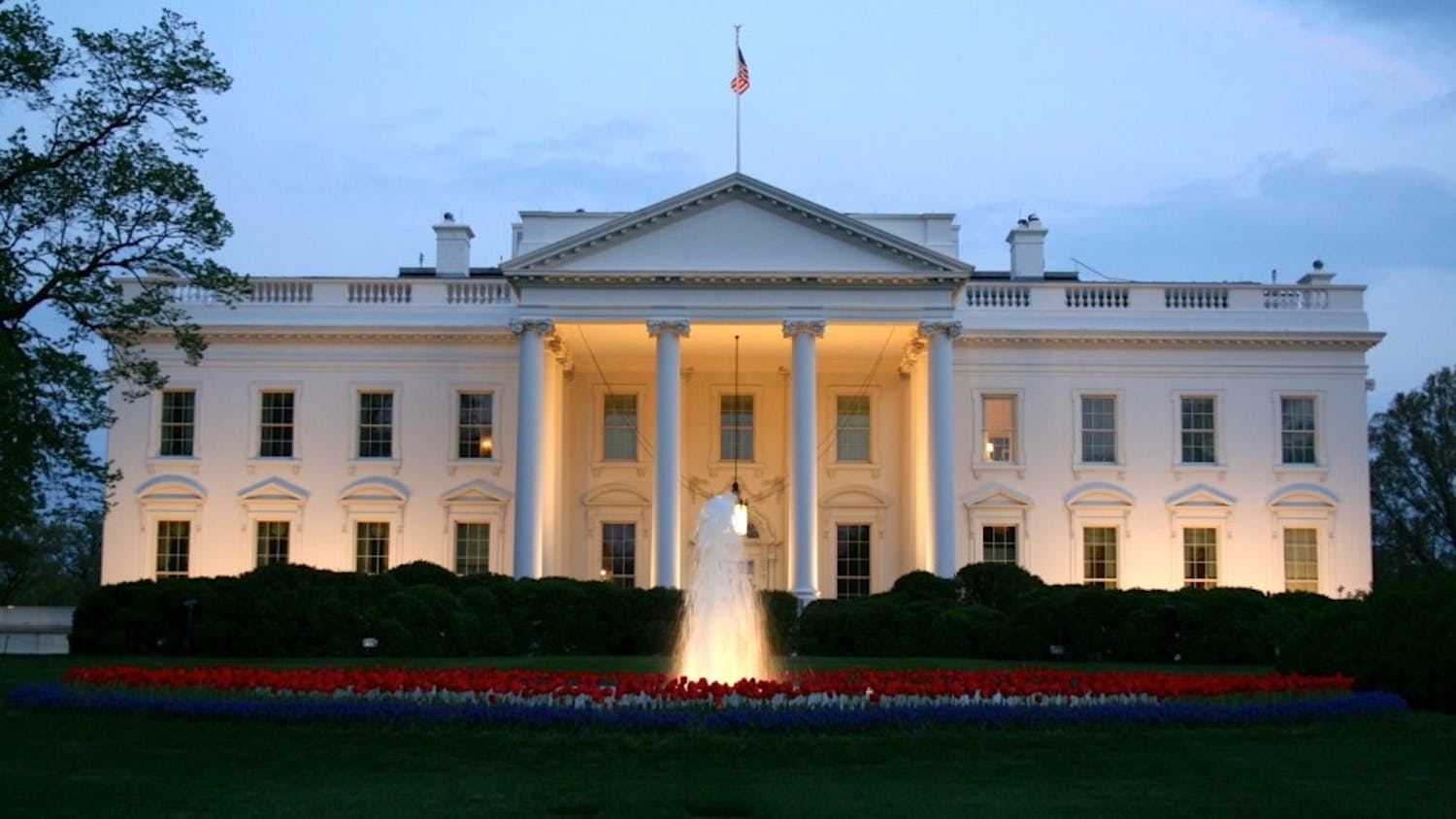Researchers from Johns Hopkins University are conducting a D.C.-funded health survey of the Spring Valley area due to residents’ concerns after WWI-era munitions were found in the area.
Residents living on the formerly used defense site worried about their health after munitions were discovered in Spring Valley in 1993. The District funded a study in 2007, which determined the community’s health to be “very good” overall compared to the rest of the U.S.
The 2007 study also found there was no relationship between cancer incidence and proximity to areas contaminated by the formerly used WWI defense site. However, the study found links between cancer incidences and known contaminated areas in specific cases.
The current survey is a follow-up to the 2007 one with more qualitative data, according to Beth Resnick, an associate scientist at Johns Hopkins.
Resnick said Johns Hopkins is trying to survey all residents, including former AU students who no longer live in the area today.
“We’re trying to send out the survey to not only current students, it’s also alumni that have been there, too,” Resnick said.
The survey is voluntary and not limited to health questions concerning the contaminated site.
“We just want to get the sense of what the people in the community are concerned with overall,” said. “So there’s a long list there — that includes domestic violence — that wouldn’t necessarily be related to the Spring Valley study, to give us a picture of overall community health.”
The survey will cover the 20015 and 20016 area codes, since the contaminated site includes parts of Spring Valley, AU Park, the Dalecarlia Reservoir Grounds, Friendship Heights, Cathedral Heights and parts of Chevy Chase.
The online version of the survey may be filled out for more than one person in a household.
lgiangreco@theeagleonline.com





